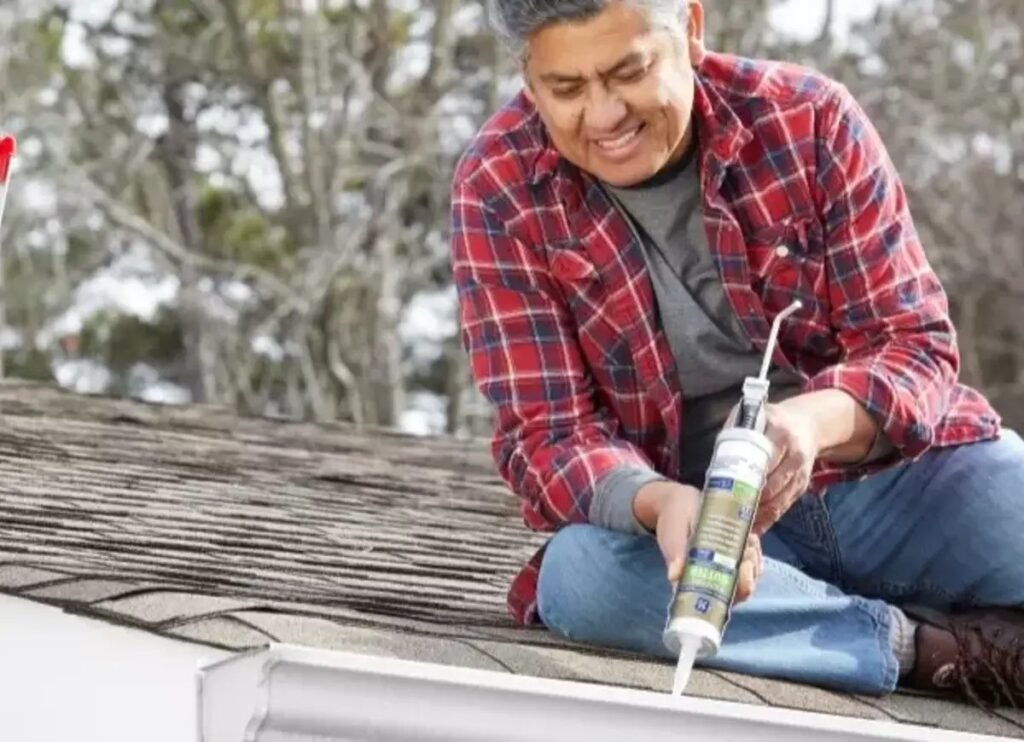Water damage can devastate any home, often beginning with neglected gutters. Over time, clogged or damaged gutters allow water to seep into unwanted areas, risking structural issues and costly repairs. Knowing how to fixing gutters and approach water damage restoration is crucial for every homeowner. In this guide, you’ll find effective strategies to prevent water damage, fix faulty gutters, and restore any damage that has occurred.
Why Gutters Matter: The Role in Preventing Water Damage
Gutters are a home’s first line of defense against water damage. They channel rainwater away from the foundation, roof, and exterior walls. When gutters malfunction, water can accumulate around the foundation or seep into walls, causing significant problems. Maintaining a regular gutter-cleaning schedule and promptly fixing issues will help you avoid common pitfalls.
Common Gutter Problems and Solutions
Homeowners often face a few recurring issues with gutters, but fixing them early prevents serious water damage. Below are common gutter problems and solutions to each:
Clogged Gutters
Leaves, twigs, and debris often clog gutters, preventing proper water flow. Clear gutters at least twice a year, especially in fall and spring. Consider installing gutter guards to reduce buildup.
Sagging or Detached Gutters
Overloaded gutters from debris or heavy rain can sag, detaching from the roofline. Secure brackets or use gutter screws to ensure stability.
Improper Gutter Slope
Gutters must have a slight slope to guide water towards the downspouts. Adjust them to prevent water pooling, which could lead to leaks or overflow.
Leaks and Holes
Small leaks or holes can often be fixed with waterproof sealant. For larger holes, try patching or replacing sections of the gutter.
Steps for Effective Gutter Maintenance
Keeping gutters in good condition is simple but requires consistency. Here’s how you can ensure they function optimally year-round.
Clear Debris Regularly
Use a trowel or gloved hand to remove leaves, sticks, and dirt. Rinse with a hose to flush out finer debris, ensuring water flows smoothly.
Inspect for Wear and Tear
Check for rust, sagging, and any loose brackets or nails. Regular inspections help you spot issues early and fix them before they escalate.
Install Gutter Guards
Gutter guards help prevent clogs by keeping out larger debris, reducing the frequency of cleanings, and minimizing the risk of overflow.
Check Downspouts
Downspouts should be clear of obstructions. Ensure they extend at least three feet from your home to prevent water from pooling near the foundation.
Signs of Water Damage: What to Watch For
Water damage can be insidious, often occurring long before any visible signs. Here are some indicators:
Stains on Walls and Ceilings
Yellow or brown stains are often early signs of water seepage, possibly from damaged gutters or poor drainage.
Peeling Paint or Wallpaper
Excess moisture behind walls causes paint and wallpaper to peel. This is a key sign that water damage may be present.
Musty Odor
Mold and mildew emit a distinct musty smell. If you notice it, especially in basements, investigate for leaks or pooling water.
Warped Wood and Soft Drywall
When wood or drywall absorbs water, it softens and warps. Address these signs promptly to prevent structural weakening.
Water Damage Restoration: Essential Steps for Recovery
If your home already suffers from water damage, taking prompt and effective action is crucial. Follow these steps to mitigate further damage:
Identify and Stop the Water Source
First, find the source of the leak or overflow. This could be from faulty gutters, roof leaks, or plumbing issues.
Remove Standing Water
Use a pump or wet vacuum to clear any standing water. Immediate removal prevents further soaking and mold growth.
Dry the Area Thoroughly
Place fans and dehumidifiers in affected areas to speed up drying. Open windows if weather permits for better ventilation.
Disinfect and Clean
After drying, disinfect surfaces to kill any mold spores and bacteria. This helps ensure the area is safe and hygienic.
Repair or Replace Damaged Materials
Replace any unsalvageable drywall, wood, or insulation. Use water-resistant materials where possible to minimize future risk.
Preventing Future Water Damage: Long-Term Solutions
To safeguard your home, implement preventive strategies that keep water damage at bay. Here are some proactive steps:
Routine Inspections
Check gutters, downspouts, and roofing regularly. Spotting potential issues early prevents future damage.
Proper Landscaping
Grade soil around the foundation to slope away from your home. This encourages rainwater to flow outward, not pool near the structure.
Install a Sump Pump
A sump pump in the basement can be invaluable for removing excess water quickly, especially in flood-prone areas.
Invest in Waterproofing Measures
Waterproofing your basement walls and floor can offer extra protection, especially if you live in a high-rainfall area.
The Cost of Ignoring Gutter and Water Damage Maintenance
Ignoring gutter maintenance or signs of water damage can lead to hefty expenses. Structural issues, mold remediation, and extensive repairs can be avoided by tackling gutter problems early. A well-maintained gutter system and prompt water damage repairs offer peace of mind and protect your home’s value.
Choosing a Professional for Gutter Repair and Water Damage Restoration
While minor gutter issues are often DIY-friendly, extensive water damage may require a professional. Look for experienced contractors with good reviews and relevant certifications. Professionals can assess the extent of damage and provide a thorough restoration plan, ensuring your home is safe and structurally sound.
Conclusion:
Keeping gutters in top condition and addressing water damage restoration are essential steps for every homeowner. Simple maintenance, timely repairs, and knowing when to seek professional help can prevent significant damage and costly repairs. Don’t wait for a small issue to escalate—protect your home from water damage by maintaining your gutters and staying vigilant about early warning signs.




